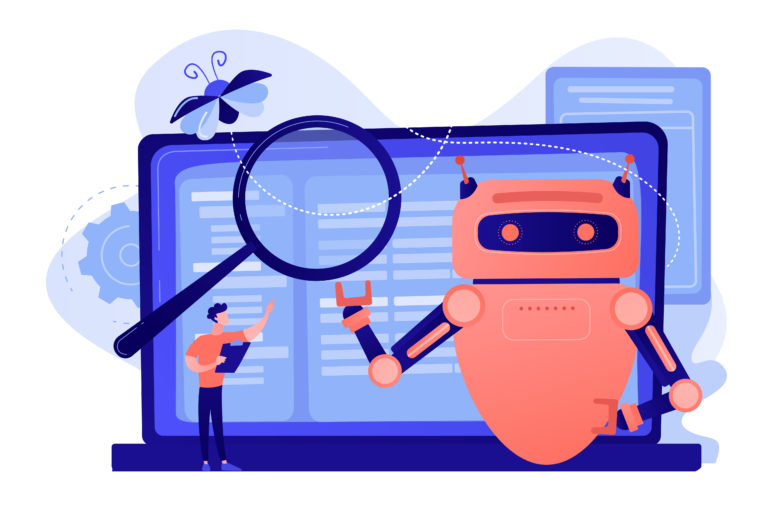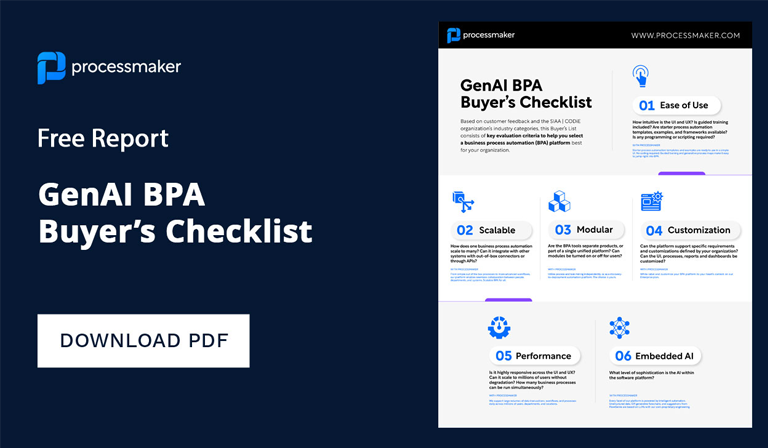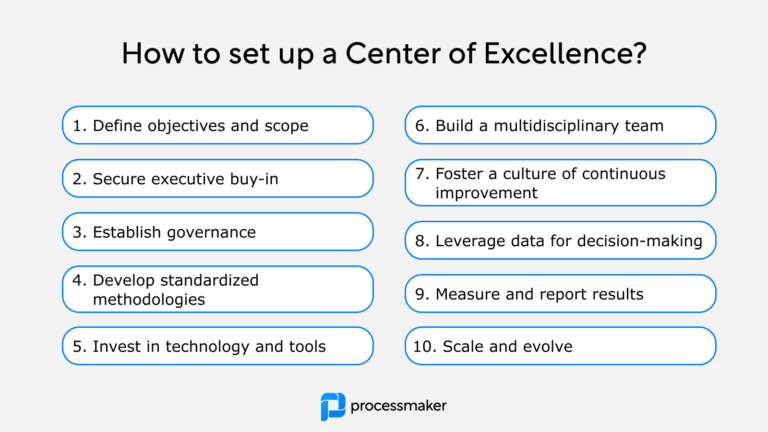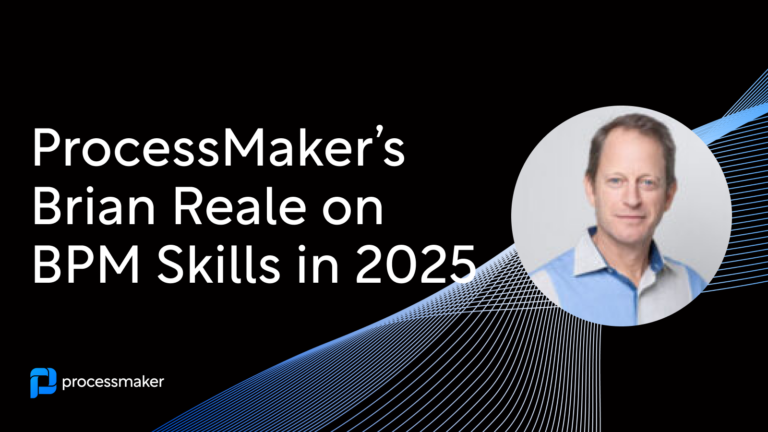Many organizations have achieved automation to some extent through the use of a single digital technology such as business process management (BPM) software or robotic process automation (RPA). Yet when it comes to achieving digital transformation, organizations must expand their efforts to implement a blend of automation technologies, a concept that Gartner refers to as “hyperautomation.”
According to Gartner, hyperautomation is the next major phase of digital transformation since many of those organizations that fail to achieve scale in their automation efforts rely on too few automation technologies and/or fail to integrate them.
The tools of the trade for hyperautomation are found in Gartner’s DigitalOps Toolbox, which includes both RPA and BPM software. These two technologies form the foundation of many automation strategies and are essential in helping organizations to achieve digital transformation.
What is RPA?
Gartner defines robotic process automation (RPA) as “a productivity tool that allows a user to configure one or more scripts (which some vendors refer to as “bots”) to activate keystrokes in an automated fashion. The result is that the bots can be used to mimic or emulate selected tasks (transaction steps) within an overall business or IT process.”
More and more organizations are adopting RPA technologies to cope with the unprecedented challenges created by the COVID-19 pandemic. According to Fabrizio Biscotti, research vice president at Gartner, “The key driver for RPA projects is their ability to improve process quality, speed and productivity, each of which is increasingly important as organizations try to meet the demands of cost reduction during COVID-19.” Even with economic pressures caused by the pandemic, Gartner estimates that RPA software revenue will reach $1.89 billion in 2021, a 19.5% increase from 2020.
What is BPM?
Business process management (BPM) is a discipline used to discover, analyze, design, optimize, and automate business processes. To simplify and improve BPM techniques organizations commonly use BPM software. Some common features of BPM software include:
- Graphical business process or rule modeling capability.
- A repository to handle the modeling metadata.
- A process execution engine.
Gartner recognizes three types of BPM platforms, “basic BPM platforms, business process management suites (BPMS), and intelligent business process management suites (iBPMSs).” Of the three, an IBPMS is the most advanced, expanding the functionality of BPM software with features such as predictive analytics, process intelligence, low-code tools, and superior integration with third-party applications.
The global market for BPM is growing rapidly. It is projected to reach $4.7 billion by 2027, growing at a CAGR of 5.1% between 2020 and 2027.
The Benefits of Combining BPM and RPA
BPM and RPA technologies are often viewed as being mutually exclusive. While there are many differences in BPM vs RPA, combining these two also offers a broad range of benefits:
1. Boosts Employee Productivity
RPA technologies automate time-consuming and repetitive human tasks. Since employees no longer need to spend most of their days performing mundane tasks, they can focus on performing higher-value tasks such as those involving creativity or working with customers. This serves to improve employee morale and job satisfaction, and ultimately boost productivity.
2 Handling Exceptions
When an RPA bot encounters a case that it is not programmed for it requires human intervention through case management or an exception path. BPM streamlines this process by clearly defining how exceptions will be handled and monitored. This improves efficiency by ensuring that processes continue to move forward.
3. Decisions in Approval Processes
Not all decisions in an approval process can be automated. Organizations can use RPA and BPM to automate some decisions while routing crucial ones to stakeholders for review. RPA technologies eliminate manual processes associated with smaller decisions. BPM automates approval processes while ensuring compliance, creating a more efficient and defined approvals process.
4. Integrating Legacy Applications
Organizations often encounter difficulties when it comes to integrating legacy applications. For example, there may be no API or an application does not support webservices. Building an integration is often cost-prohibitive and impractical. By combining BPM and RPA organizations can cost-effectively and quickly implement an RPA-based integration.
5. Eliminates bottlenecks
Organizations commonly experience swivel chair activities. These are tasks that require employees to manually enter data into multiple systems. Swivel chair leads to bottlenecks and often results in employees making costly errors. RPA automates these repetitive manual processes allowing employees to focus on more important work. With RPA and BPM, processes are performed the same way each time, leaving an audit trail and allowing organizations to mitigate risk.
Integrating BPM and RPA
BPM software provides a solid foundation for automating and orchestrating processes. When choosing a BPM software solution, you want to pick a platform that offers low-code functionality and makes it easy to integrate with leading RPA solutions. ProcessMaker offers an award-winning intelligent business process management suite that helps organizations to achieve hyperautomation by seamlessly integrating with a broad range of automation technologies. ProcessMaker integrates with leading RPA vendors including Automation Anywhere and UiPath.





